Buildings that fully withstand natural hazards impact

A new research by the U.S. National Institute of Standards and Technology (NIST) suggests that buildings should be functioning normally even after natural disaster strikes.
The report, delivered recently to the U.S. Congress, recommends certain changes in the construction standards and codes of residential and commercial buildings. Until today, overcoming a natural hazard (earthquakes, hurricanes, tornados etc.) with no victims and buildings standing still was considered a success. However, the next step proposes that those buildings should also be operational after these incidents.
Certainly, the primary aim of the construction standards must be the protection of human life but there are secondary impacts from physical destruction that should also be considered. The economic loss, the shock of residents as they face their damaged houses and the social turbulence are some consequences that reduce the quality of life. Therese McAllister, manager of NIST’s Community Resilience Program and another report author stated: “Cities and towns can be rebuilt, but lifestyles are damaged, sometimes permanently, if businesses, schools, utilities, transportation and other essential operations are out of service for an extended period.”
U.S. Congress asked NIST to investigate the research needs, technological applications and strategies in order to achieve the desired performance. Their report included a large amount of research and implementation activities that will improve buildings response during natural disaster incidents. “The report provides valuable information about steps that could be taken to achieve immediate occupancy in the future,” McAllister said. According to the report, 4 key factors must be considered when creating plans for immediate construction occupancy:
- Building design
- Community needs
- Economics and social impacts
- Fostering acceptance and use of new practices
The report concludes by pointing out that it will not be easy to apply all these changes in residential and commercial construction industry but the benefits will be significant altering the way that the constructions respond in natural disasters.
Source: Nist.gov
Source: Nist.gov
Want to read more like this story?

Building collapse south of Indianapolis: 2 workers injured
Apr, 04, 2022 | NewsA building under construction collapsed, injuring at least two construction workers, authorities sa...
Experts answer: “Why did so many buildings collapse in Turkey?”
Feb, 16, 2023 | NewsFollowing Monday's terrible earthquakes, many of people are reportedly still trapped in the rubble...

Energy-efficient houses: Gas or Electric power?
May, 29, 2019 | NewsThe selection of fuel highly affects the cost and energy efficiency of houses. Is gas or electricity...
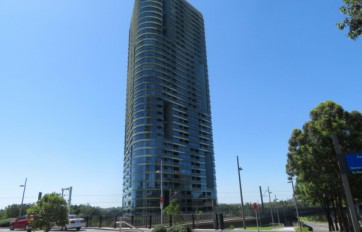
Australia changes construction regulations after Opal Tower's cracking
Feb, 13, 2019 | NewsNew South Wales's state of Australia is about to drastically change its construction laws after the&...
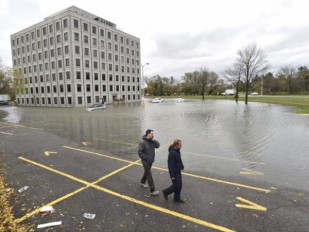
Canada changes its building code to tackle climate change
Apr, 15, 2019 | NewsCanada's building code is heading towards environmental sustainability. The new regulations will be...
Remote sensing of natural hazards (ORISAT)
Jul, 12, 2023 | EventVolcanoes, glaciers, landslides, faults: these are all natural objects that can pose a major risk to...
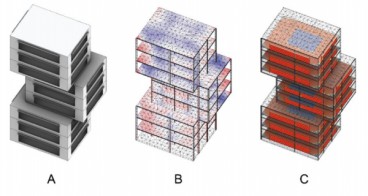
New simulation tool for building design
Jan, 10, 2021 | NewsA new simulation tool that utilizes many variables for the design and the initial phases of the buil...
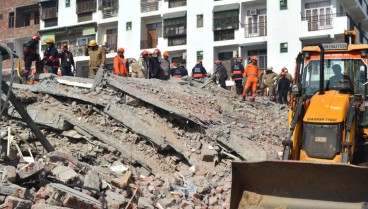
Delhi’s Burari Collapse: Tragedy Strikes an Under-Construction Site
Jan, 27, 2025 | NewsOn the evening of January 27, 2025, tragedy struck Delhi's Burari area when a newly constructed fou...
Cairo, Egypt: Building collapse, at least six fatalities
Jun, 23, 2022 | NewsA five-story building in Egypt’s capital Cairo collapsed in the early hours of Friday killing at le...
Trending

Vertical gardens in Mexico City to combat pollution
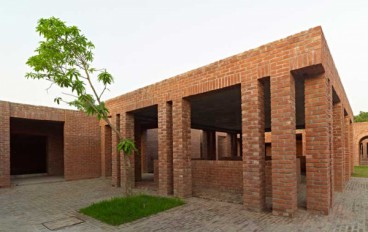
Characteristics of Load Bearing Masonry Construction

Taipei 101’s impressive tuned mass damper

Dutch greenhouses have revolutionized modern farming
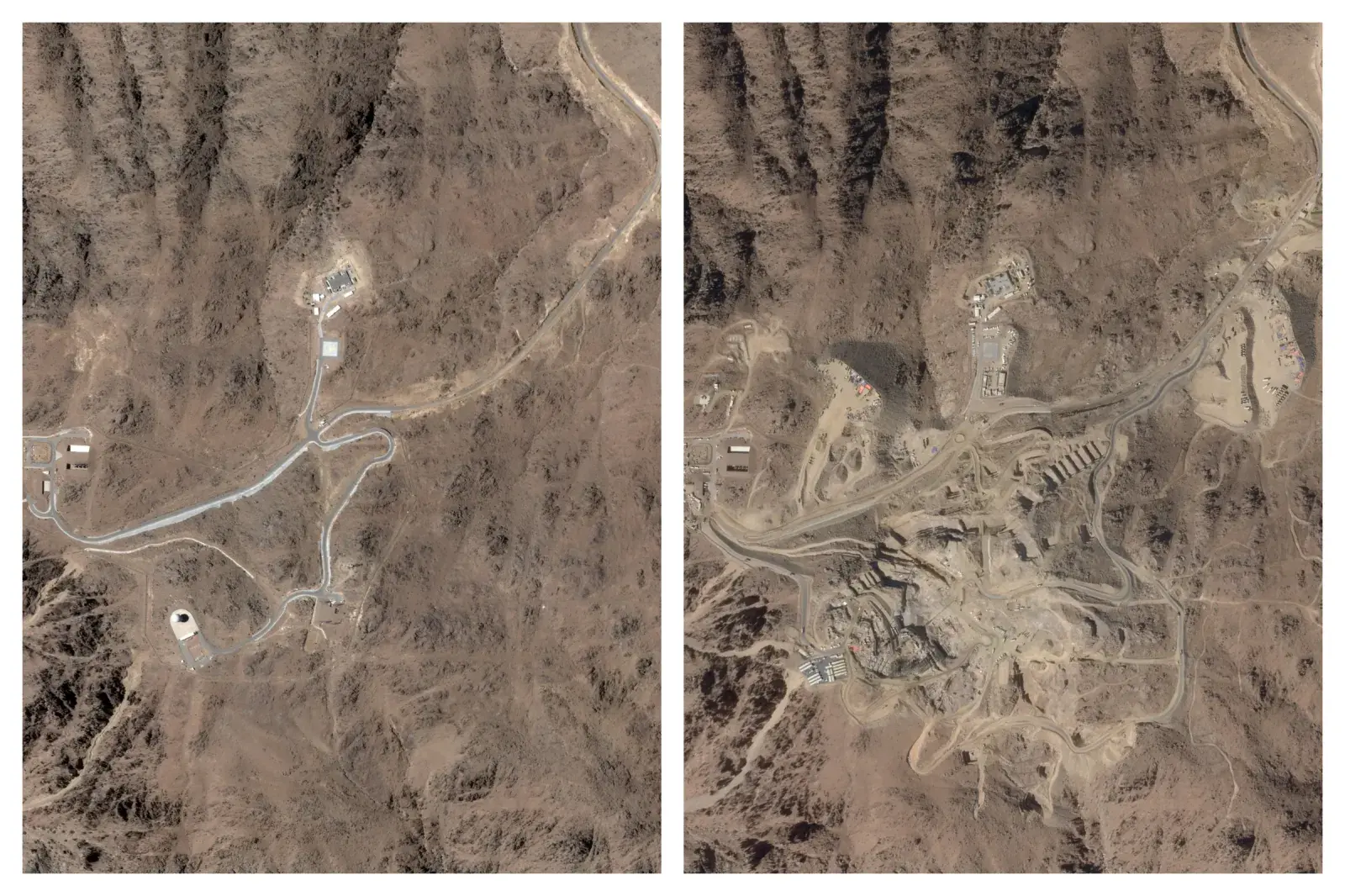
The Line at Neom faces feasibility reassessment while construction continues

The Line at Neom faces feasibility reassessment while construction continues

King Salman Gate unveiled adjacent to Mecca’s Grand Mosque

